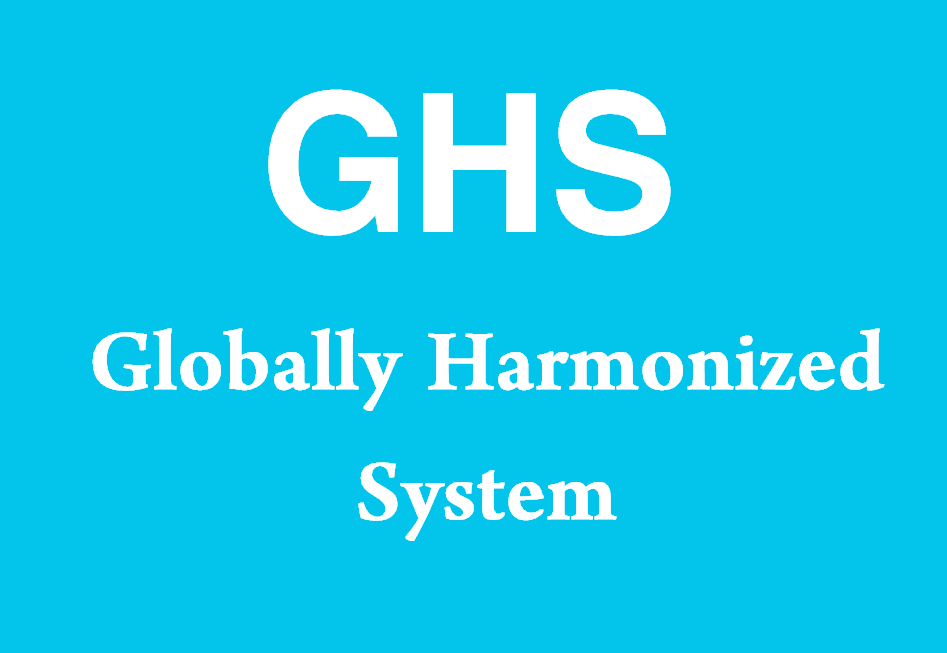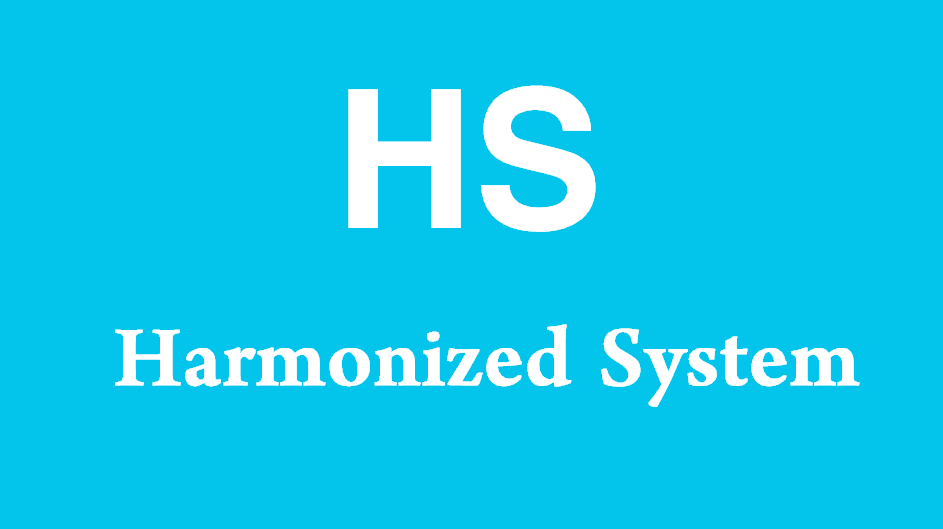What does GHS stand for?
GHS stands for Globally Harmonized System. It is an internationally agreed-upon system for the classification and labeling of chemicals, designed to ensure that information about chemical hazards is consistently communicated across different countries. The Globally Harmonized System standardizes the criteria for classifying chemicals according to their health, environmental, and physical hazards, and specifies what information should be included on labels and safety data sheets.

Comprehensive Explanation of Globally Harmonized System
Overview
The Globally Harmonized System of Classification and Labelling of Chemicals (GHS) was developed by the United Nations to harmonize and standardize the way chemicals are classified and labeled worldwide. The primary goals of GHS are to enhance the protection of human health and the environment by providing a coherent, consistent means of hazard communication.
Historical Background
The concept of GHS emerged from the United Nations Conference on Environment and Development (UNCED) held in Rio de Janeiro in 1992. It was recognized that differing regulations and standards for chemical classification and labeling across countries created confusion and inefficiencies in the global chemical trade. The GHS was formally adopted in 2002 and has since been implemented by many countries.
Components of GHS
Classification
The GHS classification system divides chemicals into categories based on their hazards:
- Physical Hazards: Includes explosives, flammable gases, flammable liquids, and more.
- Health Hazards: Includes acute toxicity, skin corrosion/irritation, serious eye damage/eye irritation, respiratory or skin sensitization, germ cell mutagenicity, carcinogenicity, reproductive toxicity, specific target organ toxicity, and aspiration hazard.
- Environmental Hazards: Includes hazards to the aquatic environment and other environmental effects.
Labeling
GHS labels provide essential information about the hazards of a chemical:
- Symbols (Pictograms): Visual representations of the hazard types.
- Signal Words: “Danger” or “Warning” to indicate the severity of the hazard.
- Hazard Statements: Standardized phrases describing the nature of the hazard.
- Precautionary Statements: Instructions on how to handle the chemical safely.
- Product Identifier: The name or number used for a hazardous product.
- Supplier Information: Name, address, and telephone number of the manufacturer or supplier.
Safety Data Sheets (SDS)
SDS provide detailed information about the chemical:
- Identification: Product name and identification.
- Hazard Identification: Classification and labeling information.
- Composition/Information on Ingredients: Details about the chemical ingredients.
- First-Aid Measures: Instructions for treating exposure.
- Fire-Fighting Measures: Recommendations for fighting a fire caused by the chemical.
- Accidental Release Measures: Procedures for dealing with spills or releases.
- Handling and Storage: Safe handling and storage guidelines.
- Exposure Controls/Personal Protection: Recommended exposure limits and protective measures.
- Physical and Chemical Properties: Description of the chemical’s characteristics.
- Stability and Reactivity: Information about the chemical’s stability and potential reactions.
- Toxicological Information: Health effects and exposure risks.
- Ecological Information: Environmental impact details.
- Disposal Considerations: Safe disposal methods.
- Transport Information: Guidelines for transportation.
- Regulatory Information: Applicable regulations.
- Other Information: Additional safety and handling information.
Implementation and Adoption
Countries worldwide have adopted GHS at different levels and timelines:
- Europe: The European Union implemented GHS through the Classification, Labeling and Packaging (CLP) Regulation.
- United States: OSHA adopted GHS in its Hazard Communication Standard (HCS).
- Asia: Countries like Japan, China, and South Korea have integrated GHS into their chemical regulations.
Benefits of GHS
Global Consistency
GHS provides a uniform approach to hazard classification and communication, reducing confusion and improving safety in the global trade of chemicals.
Improved Safety
By standardizing hazard information, GHS enhances the ability of workers and consumers to understand chemical risks and take appropriate precautions.
Trade Facilitation
Harmonized labeling and classification simplify the import and export of chemicals, reducing trade barriers and compliance costs.
Challenges in Implementation
Variability in Adoption
Different countries have adopted GHS at varying levels, leading to inconsistencies in implementation and enforcement.
Training and Awareness
Effective implementation requires extensive training for workers, regulators, and industry stakeholders to understand and apply GHS correctly.
Future Trends
Technological Integration
Advances in technology, such as digital labeling and electronic SDS, are expected to further streamline GHS implementation and compliance.
Continuous Improvement
GHS is subject to periodic updates and revisions to address emerging hazards and improve clarity and effectiveness.
Notes to Importers
Importance of Compliance
Importers must understand and comply with GHS regulations in the destination country to ensure the safe and legal importation of chemicals. Compliance involves proper labeling, documentation, and communication of hazards.
Key Considerations
Documentation
Ensure that all chemical products are accompanied by accurate and up-to-date Safety Data Sheets and compliant labels.
Training
Importers should provide training for employees on GHS requirements, hazard communication, and safe handling practices.
Supplier Coordination
Work closely with suppliers to ensure that chemicals meet GHS standards and that all necessary information is provided.
Sample Sentences Using GHS
- “The GHS requires that all hazardous chemicals are labeled with standardized pictograms and hazard statements.”
- Meaning: The Globally Harmonized System mandates consistent labeling for hazardous chemicals.
- “Adopting the GHS has streamlined the import process by ensuring uniform hazard communication across different countries.”
- Meaning: Implementing the Globally Harmonized System has simplified international trade by standardizing hazard information.
- “Training employees on GHS is crucial for ensuring they understand how to safely handle and store chemicals.”
- Meaning: Educating workers about the Globally Harmonized System is essential for safe chemical management.
- “The safety data sheet, in accordance with GHS guidelines, provides detailed information on the chemical’s properties and hazards.”
- Meaning: The SDS, following the Globally Harmonized System, offers comprehensive details about a chemical’s characteristics and risks.
- “GHS implementation has improved workplace safety by providing clear and consistent hazard information.”
- Meaning: The adoption of the Globally Harmonized System has enhanced safety in workplaces through uniform hazard communication.
Other Meanings of GHS
| Acronym | Full Form | Description |
|---|---|---|
| GHS | Ghana Health Service | The public health service of Ghana, responsible for health policies and programs. |
| GHS | Global Hawk System | An unmanned aerial vehicle system used for reconnaissance and surveillance. |
| GHS | Greenhouse Gas System | A system for monitoring and managing greenhouse gas emissions. |
| GHS | General Household Survey | A survey conducted to gather data on living conditions and socio-economic factors. |
| GHS | Government High School | A secondary school funded and operated by the government. |
| GHS | Guitar Hero Series | A popular video game series focused on music and rhythm gameplay. |
| GHS | Global Health Security | Initiatives aimed at protecting public health from global threats such as pandemics. |
| GHS | Ground Handling Services | Services provided at airports for aircraft handling on the ground. |
| GHS | Global Horticulture System | A framework for improving horticultural practices and sustainability worldwide. |
| GHS | Great Harvest School | A fictional or hypothetical educational institution known for excellence. |
| GHS | Global Hospitality Services | Companies providing a range of services for the hospitality industry. |
| GHS | General Health Screening | Routine medical tests conducted to assess overall health status. |
| GHS | Guided Hiking Services | Companies or organizations offering guided hiking tours and outdoor activities. |
| GHS | Global Housing Solutions | Initiatives and projects aimed at addressing housing needs worldwide. |
| GHS | General Hydroponics System | A system for growing plants without soil using nutrient-rich water solutions. |
| GHS | Geographic Health Study | Research conducted to understand the impact of geography on health outcomes. |
| GHS | Government Housing Scheme | Programs initiated by governments to provide affordable housing to citizens. |
| GHS | Global Humanitarian Support | Aid and assistance provided to people in need due to crises or disasters globally. |
| GHS | General Historical Society | An organization dedicated to preserving and studying general historical records and artifacts. |
| GHS | Group Health Services | Health services provided by an organization to a group of individuals, often employees. |
| GHS | Global Hydrology System | Systems and tools used for studying and managing the global water cycle. |






